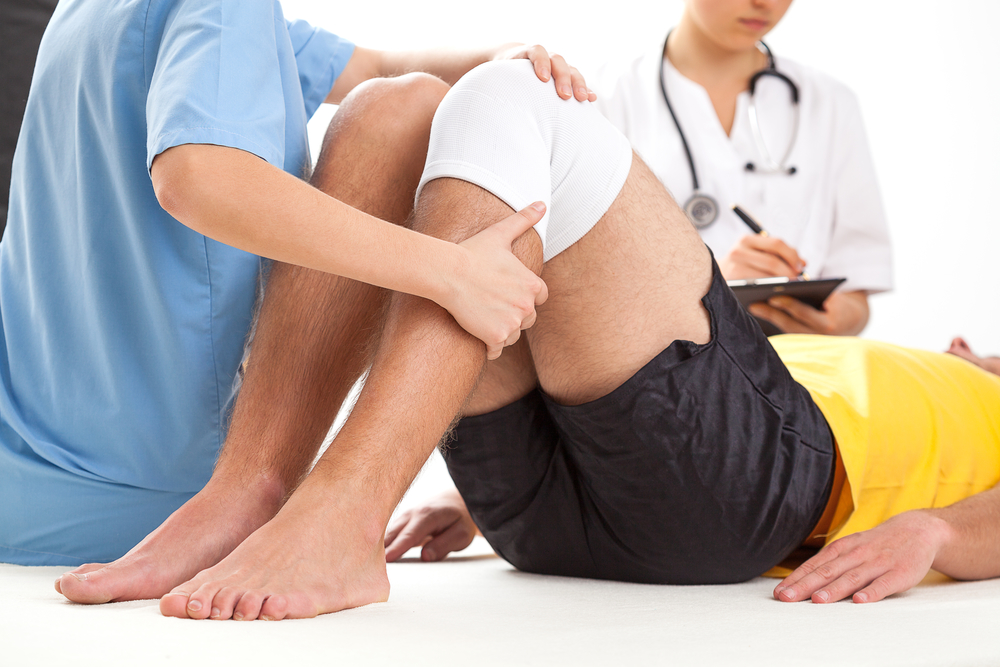
For Long Islanders, winter signifies a lot of things. Some like the way the snow falls on the trees, and others love the crunch of the snow beneath their feet. But, like it or not, winter does carry with it an increased risk. The abundance of snow, ice and generally dangerous conditions make winter injuries a serious threat. But, due to the slippery nature of ground surfaces, even walking can create problems for unsuspecting individuals. Read on to learn about the measures you can take to walk safely during the winter, preventing both falls and the accompanying injuries.
Why are People More Likely to Fall in the Winter?
Snow itself is soft and, at times, cushioning for the feet. But, when snow freezes, ice is a real threat for those who are unsteady on their feet. Ice is slippery, causing people to lose their grip on the ground, falling forward or backward.
5 Tips on Walking Safely in Winter
1. Wear Proper Footwear
Always dress for success. When you are walking in the snow and/or ice, comfortable sneakers simply won’t suffice. Warm slippers probably won’t, either.
A pair of sturdy, supportive boots are the obvious choice for walking in the snow and ice. The right pair of boots will give your feet the proper support to safely navigate difficult terrains. The grooved treads will help you to grip snow and ice during bad weather. The extra support — which comes from the additional padding and extra lace — helps people to remain standing. Snow boots will also have built-in water resistance, meaning that melted snow cannot penetrate the boot and cause discomfort.
Additionally, most winter and snow boots also provide warmth with fleece lining.
Winter walking shoes are also great for providing extra support.
2. Create a Safe Walking Environment
Taking measures to create a safe walking environment is integral during the winter.
At the beginning of the season, you should evaluate the lighting in front of your home. Is it bright enough for visitors (and you) to distinguish ice from pavement in the nighttime? If not, then consider brighter lighting. You’ll thank yourself in the height of the winter weather.
Always keep all walkways clear of snow, ice, sleet, and other slippery substances. Shovel thoroughly after snowfall, but be sure to do so safely. Any snow that is not removed promptly may melt into ice, creating a more difficult removal process, and more dangerous walking conditions. The same rules apply to the driveway, too.
Finally, no matter how thoroughly you clear your walkways, a minor amount of snow may remain. Minimize the threat of this freezing over with salt.
3. Maintain Focus
Walking in the wintertime requires a greater attention to detail than walking in warmer weather. When cold temperatures prevail, ice can remain on pavement even days after snowstorms.
So, keeping your attention on the path in front of you is crucial. If you encounter questionable terrain, then don’t assume that taking a step will be okay. Instead, test the surface by tapping or sliding your foot on it to determine if it is ice or snow.
Additionally, refrain from looking at your smartphone — or other devices that will distract you from the path ahead.
4. Walk Properly
In addition to the above routine changes, you should also make minor adjustments to the way you walk. Taking quick, long strides the way you normally would will not be a safe way to navigate the ice.
Walking like a penguin is the best strategy for remaining free of injuries. When walking on ice, keep your center of gravity over the front leg in each stride. Shuffle through the ice with small steps that will help you to keep your balance. Keep your arms at the ready and out of your pockets, to improve balance. If you feel yourself falling though, avoid breaking the fall with your arms/hands, potentially causing an injury.
If you do lose balance, then tucking and rolling is the best way to prevent an injury. This will aid in protecting your head and face from injury, instead impacting your stomach, back, hips or legs.
5. Take it Slow
Whether you are in the middle of a snowstorm or living in the icy aftermath, don’t drive or walk with the same hasty mentality that you would normally have. Adjust your schedule accordingly. Leave a few extra minutes than you normally would to reach your destination punctually. Also, research the most direct route — as well as the safest route.
If you do encounter any injuries in your winter travels, contact Central Orthopedics. We can address these injuries with both therapeutic exercises and restorative surgeries. Our staff is committed to helping you become pain-free.
